Home>Storage Ideas>Living Room Storage>Green Living Room Ideas: 15 Gorgeous Verdant Schemes
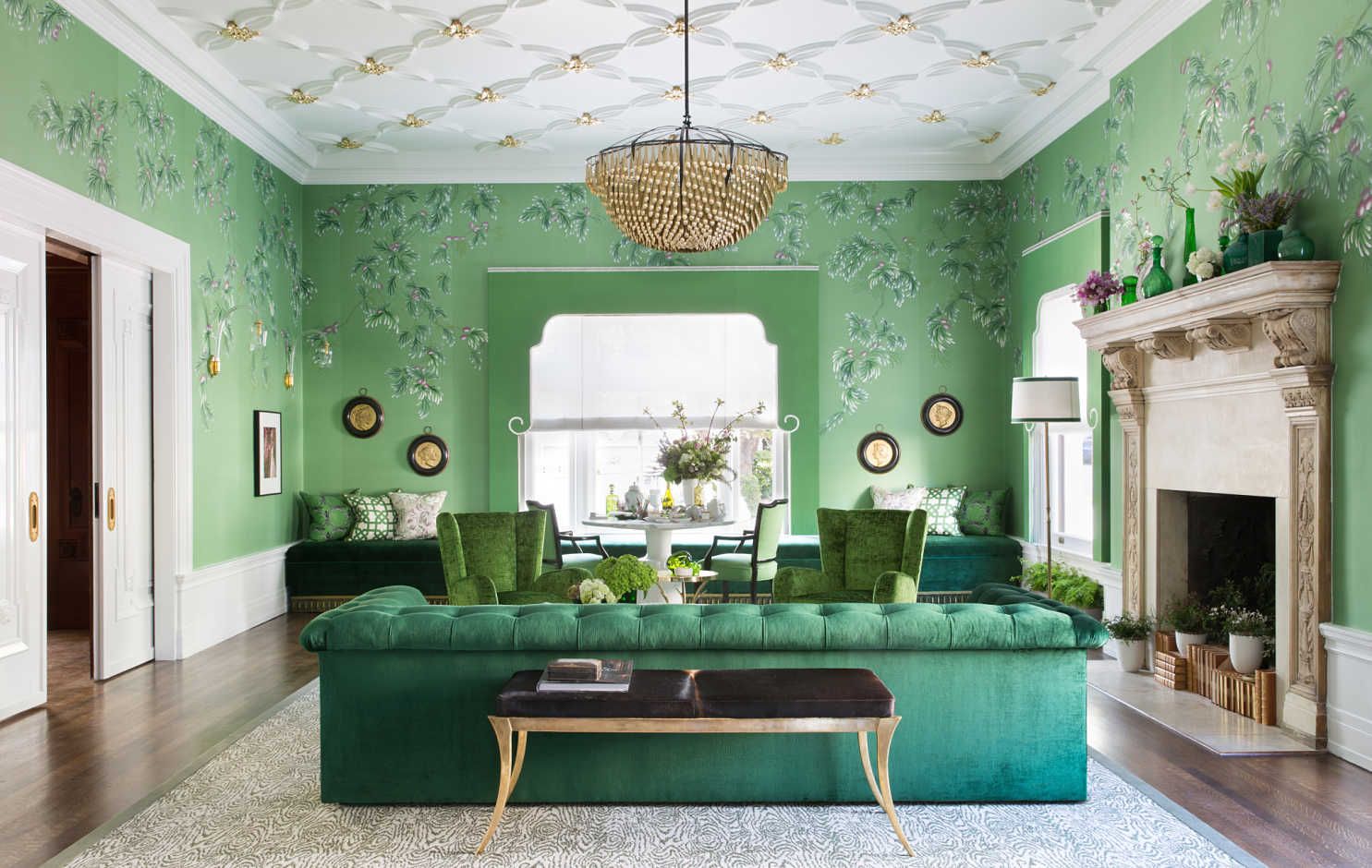

Living Room Storage
Green Living Room Ideas: 15 Gorgeous Verdant Schemes
Modified: January 6, 2024
Looking for green living room ideas? Check out these 15 gorgeous verdant schemes that also provide smart living room storage solutions.
(Many of the links in this article redirect to a specific reviewed product. Your purchase of these products through affiliate links helps to generate commission for Storables.com, at no extra cost. Learn more)
Introduction
Welcome to the world of green living room ideas, where verdant schemes bring a breath of fresh air into your home. Green, a color symbolizing nature and vitality, can transform your living room into a tranquil oasis with its soothing and rejuvenating effects. Whether you’re a nature enthusiast or simply looking to infuse a sense of calm into your living space, incorporating green elements into your design can create a space that is both stylish and eco-friendly.
In this article, we will explore 15 gorgeous green living room ideas that will inspire you to create a lush and inviting space. From green walls to sustainable furniture, botanical artwork to indoor plants, we will cover a range of design elements and decor options that will help you achieve your desired green living room aesthetic.
By considering the principles of sustainability and eco-friendliness, you can ensure that your living room not only looks beautiful but also contributes to a healthier planet. From using natural materials to opting for energy-efficient lighting, these ideas will allow you to create a space that is not only visually appealing but also aligned with your sustainable lifestyle goals.
So, let’s dive into the world of green living room designs and discover how you can create a space that seamlessly blends style, comfort, and environmental consciousness.
Key Takeaways:
- Create a lush and eco-friendly living room by incorporating green walls, leafy prints, botanical artwork, and sustainable furniture. Embrace natural fabrics, organic materials, and energy-efficient lighting for a stylish and sustainable space.
- Enhance your living room with indoor plants, recycled décor, a green color palette, vertical gardens, and eco-friendly window treatments. Embrace upcycled furniture and organic materials to create a harmonious and nature-inspired environment.
Green Walls
If you really want to make a bold statement with your green living room, consider painting the walls in shades of green. Green walls can instantly transform the atmosphere of a room, creating a natural and serene environment. From soft pastel greens to vibrant emerald hues, there are endless shades of green to choose from, allowing you to find the perfect color that suits your style and preferences.
To create a cohesive and harmonious space, you can also consider matching the shade of green on your walls with other elements in your living room, such as furniture upholstery or decorative accessories. This will help create a unified and visually pleasing look.
If you prefer a more subtle approach, you can opt for an accent wall in green. This can be achieved by painting one wall in your living room with a vibrant shade of green, while the remaining walls are kept neutral. This allows the green wall to become the focal point of the room, adding a pop of color and interest to the space.
An alternative to painting the walls is to use green wallpaper or wall decals. This is a great option for those who want to add a touch of green to their living room without the commitment of permanent paint. With a wide variety of patterns and designs available, you can choose a wallpaper or decal that complements your overall aesthetic.
If painting or wallpapering is not an option, you can still incorporate green into your living room by hanging green-themed artwork or photographs on the walls. Whether it’s a stunning landscape painting or close-up photographs of lush foliage, these wall hangings can bring a sense of nature and tranquility to your space.
To enhance the green ambiance in your living room, consider adding subtle lighting fixtures that highlight the wall color and create a warm and inviting atmosphere. Wall sconces or picture lights can be strategically placed to draw attention to the green walls and add a touch of sophistication to your living room.
Overall, green walls are a fantastic way to infuse your living room with a nature-inspired vibe. Whether you go for full coverage or opt for an accent wall, green walls will bring a sense of freshness and harmony to your living space.
Leafy Prints
Add a touch of nature to your living room with leafy prints. Leafy prints, whether in the form of wallpaper, curtains, or upholstery, can instantly bring a sense of organic beauty and freshness to your space.
When it comes to leafy prints, there are a wide variety of options to choose from. You can opt for large-scale prints featuring palm leaves or tropical foliage for a bold and dramatic look. These prints can create a statement wall or be used as a focal point in your living room.
For a more subtle and understated look, consider smaller leaf prints in muted tones. These prints can add a delicate and elegant touch to your living room, bringing a sense of tranquility and harmony to the space.
Incorporating leafy prints into your living room can be done in various ways. One option is to use leafy print wallpaper to create an accent wall. This works especially well in smaller living rooms where a large-scale leafy print might overwhelm the space.
If you prefer a more versatile option, you can opt for leafy print curtains. These curtains not only add visual interest to your windows but also create a connection to the outdoors. The movement of the curtains in the breeze will mimic the natural sway of leaves, creating a calming and peaceful ambiance.
Another way to incorporate leafy prints is through upholstery. Choose furniture pieces or cushions with leafy prints to add texture and pattern to your living room. This can be a subtle way to incorporate the theme while still maintaining a cohesive and stylish aesthetic.
To complement leafy prints, consider choosing furniture and accessories in natural or earthy tones. Wood furniture or rattan accents can enhance the organic feel of the leafy prints and create a harmonious and balanced space.
Leafy prints can also be mixed and matched with other patterns and textures. For example, you can pair leafy print curtains with striped or geometric patterned cushions to create a visually dynamic and interesting look.
Overall, leafy prints are a great way to bring the beauty of nature indoors. Whether in the form of wallpaper, curtains, or upholstery, leafy prints will add a touch of freshness and vitality to your living room.
Botanical Artwork
Bring the beauty of the natural world into your living room with botanical artwork. Botanical artwork encompasses a wide range of nature-inspired prints, paintings, and illustrations featuring various plant species.
One way to incorporate botanical artwork into your living room is by hanging large-scale botanical prints or paintings on the walls. These captivating pieces can become the focal point of the room, instantly adding visual interest and a connection to the natural world. Look for artwork that showcases vibrant flowers, lush foliage, or intricate botanical illustrations to create a stunning display.
If you prefer a more eclectic or bohemian look, consider creating a gallery wall with a collection of smaller botanical artworks. Mix different sizes, styles, and frames for a visually dynamic and personalized display. You can even incorporate pressed flowers or botanical specimens in shadow boxes for a unique and nature-inspired touch.
In addition to traditional artwork, you can also explore alternative mediums such as botanical photography or printables. Botanical photography captures the intricate details and textures of plants and flowers, while printables offer a cost-effective and customizable option for adding botanical artwork to your living room.
When choosing botanical artwork, consider the color palette of your living room. Look for artwork that complements your existing color scheme or adds a pop of contrasting color to create visual impact. For example, if your living room features neutral tones, opt for botanical artwork with vibrant pops of color to create a striking focal point.
To enhance the botanical theme, you can also accessorize your living room with botanical-inspired decor. This can include vases filled with fresh or dried flowers, botanical-themed throw pillows, or botanical sculptures. These accessories will tie in with the botanical artwork and create a cohesive and nature-inspired aesthetic.
Botanical artwork not only adds aesthetic appeal to your living room but also brings a sense of calm and tranquility. The presence of nature-inspired elements can have a positive impact on your mood and well-being, creating a peaceful and serene atmosphere in your living space.
Whether you choose to create a gallery wall or showcase a single statement piece, botanical artwork will infuse your living room with the beauty and elegance of the natural world.
Natural Fabrics
When designing a green living room, it’s important to consider the materials used in your textiles. Opting for natural fabrics not only contributes to a more sustainable and eco-friendly space but also adds a touch of comfort and organic beauty to your living room.
One of the most popular natural fabrics for upholstery is linen. Linen is made from the fibers of the flax plant and is known for its durability, breathability, and natural texture. It adds a relaxed and earthy feel to your living room and is available in a wide range of colors and patterns. Whether you choose a linen sofa, armchair, or cushions, incorporating linen upholstery will bring a natural and tactile element to your space.
Cotton is another versatile and eco-friendly fabric choice for your living room. Known for its softness and breathability, cotton is a natural and renewable resource. Look for organic cotton options to ensure that your textiles are made with minimal impact on the environment. Cotton can be used in various aspects of your living room, from upholstery and curtains to cushions and rugs, adding a cozy and inviting feel.
For a luxurious and sustainable option, consider incorporating hemp silk into your living room decor. Hemp silk is made from the fibers of the hemp plant and is known for its lustrous and smooth texture. It is a durable and biodegradable fabric choice that adds a touch of sophistication and elegance to your living space.
Wool is another natural fabric that is both sustainable and cozy. Wool is known for its insulation properties, making it perfect for throws, rugs, and cushions in your living room. Look for wool sourced from ethically treated animals to ensure that your wool products align with your sustainable values.
To further enhance the natural feel of your living room, consider adding organic cotton or linen curtains. These curtains not only add privacy and block out sunlight but also contribute to a healthier indoor environment by minimizing exposure to harmful chemicals found in synthetic curtains.
In addition to upholstery and curtains, you can also incorporate natural fabrics in your living room through throw blankets, pillows, and rugs. Look for textures and patterns that mimic the natural world, such as botanical prints or woven designs inspired by leaves or branches.
By choosing natural fabrics for your living room, you are not only creating a more sustainable and eco-friendly space but also surrounding yourself with materials that are breathable, comfortable, and visually appealing. The use of natural fabrics adds a layer of texture and warmth to your living room, creating a cozy and inviting atmosphere.
Sustainable Furniture
When designing a green living room, it’s important to consider the environmental impact of the furniture you choose. Opting for sustainable furniture not only helps protect the planet but also ensures that your living room is a reflection of your eco-conscious lifestyle.
One of the key aspects of sustainable furniture is the use of materials that are responsibly sourced and have minimal impact on the environment. Look for furniture made from reclaimed wood or FSC-certified wood, which comes from responsibly managed forests. This not only reduces the demand for new timber but also gives a new life to existing materials.
In addition to wood, consider furniture made from bamboo, which is a rapidly renewable resource. Bamboo is known for its strength and durability and can be used for various furniture pieces, including chairs, tables, and shelving units.
Another sustainable option is furniture made from recycled materials. This can include recycled plastic, metals, or even repurposed materials such as reclaimed pallets or wine barrels. Choosing furniture made from recycled materials helps to reduce waste and supports the circular economy.
When shopping for sustainable furniture, look for pieces that are built to last. Quality craftsmanship and durable materials ensure that your furniture will withstand the test of time, reducing the need for replacements and minimizing waste.
In terms of upholstery, choose fabrics that are eco-friendly and free from harmful chemicals. Look for upholstery options made from organic cotton, linen, or hemp. These fabrics are not only better for your health but also have a lower environmental impact compared to synthetic materials.
Another aspect of sustainable furniture is the manufacturing process. Look for furniture brands that prioritize sustainable practices, such as using low VOC finishes or reducing water and energy consumption during production.
Additionally, consider purchasing secondhand or vintage furniture. This not only gives furniture a new life but also reduces the demand for new products. You can find unique and stylish pieces that add character to your living room while reducing your carbon footprint.
Remember to also consider the overall design and functionality of the furniture. Invest in pieces that serve multiple purposes or can be easily reconfigured as your needs change. This ensures that the furniture remains functional and versatile as your living room evolves.
By choosing sustainable furniture, you are not only creating a more environmentally conscious living room but also supporting brands and artisans that share your values. Sustainable furniture not only looks great but also serves as a reminder of the positive impact you can have on the planet through your choices.
Eco-Friendly Flooring
When designing a green living room, don’t forget about the flooring. Choosing eco-friendly flooring options not only reduces your environmental impact but also contributes to a healthier indoor living environment. Here are some eco-friendly flooring options to consider for your living room:
1. Bamboo flooring: Bamboo is a sustainable and rapidly renewable resource. It grows quickly and requires minimal pesticides or fertilizers. Bamboo flooring is durable, easy to maintain, and provides a natural and warm look to your living room.
2. Cork flooring: Cork is harvested from the bark of cork oak trees, which grow back after they are harvested. This makes cork a renewable and sustainable flooring option. It has a unique texture and provides excellent insulation and sound absorption properties.
3. Recycled hardwood flooring: Using reclaimed or recycled hardwood flooring is a great way to reduce the demand for new timber. Reclaimed wood gives a second life to materials that would otherwise go to waste and provides a timeless and rustic charm to your living room.
4. Linoleum flooring: Linoleum is made from natural materials such as linseed oil, cork flour, wood flour, and pine resin. It is biodegradable, hypoallergenic, and has antimicrobial properties. Linoleum comes in a variety of colors and patterns, allowing you to create a unique and vibrant living room space.
5. Concrete flooring: Concrete is a versatile and sustainable flooring option. It can be polished, stained, or sealed to create a sleek and modern look. Concrete flooring is durable, low-maintenance, and has excellent thermal properties, making it energy-efficient.
6. Natural fiber carpet: If you prefer carpeted flooring, opt for natural fiber carpets such as wool, sisal, or jute. Natural fiber carpets are made from renewable resources and are biodegradable. They provide a cozy and textured feel to your living room.
When selecting eco-friendly flooring, make sure to choose products that have been certified by recognized eco-labels or organizations. These certifications ensure that the flooring meets specific environmental standards.
In addition to choosing eco-friendly flooring materials, consider using low VOC (volatile organic compounds) adhesives and finishes. VOCs can release toxic chemicals into the air, contributing to poor indoor air quality. Using low VOC products helps create a healthier living environment for you and your family.
Remember to maintain your eco-friendly flooring properly to prolong its lifespan and reduce the need for replacements. Regular cleaning and following manufacturer’s guidelines will ensure that your flooring stays in good condition for years to come.
By choosing eco-friendly flooring options, you can create a beautiful and sustainable living room that aligns with your green lifestyle while contributing to a healthier planet.
Green Accessories
When it comes to creating a green living room, the right accessories can make a significant impact. Green accessories not only add a pop of color but also reinforce the natural and eco-friendly theme of your space. Here are some ideas for incorporating green accessories into your living room:
1. Throw pillows: Add a touch of green with decorative throw pillows. Look for pillows made from natural fabrics such as organic cotton or linen and opt for shades of green that complement your existing color scheme. Mix different textures and patterns to add visual interest and depth to your living room.
2. Throws and blankets: Drape a green throw or blanket over your sofa or chairs to add coziness and warmth to the space. Look for options made from sustainable materials such as organic cotton or recycled fibers. Green throws can bring a refreshing touch to neutral-colored furniture or complement other green elements in your living room.
3. Vases and planters: Display fresh flowers or greenery in vases and planters to bring life and vibrancy to your living room. Choose vases made from recycled glass or sustainable materials, and opt for planters made from eco-friendly materials like bamboo or reclaimed wood. Green plants not only add natural beauty but also improve air quality and create a calming ambiance.
4. Artwork and sculptures: Add green-themed artwork or sculptures to your living room to bring the outdoors in. Look for pieces that feature nature-inspired elements such as leaves, trees, or landscapes. These can be paintings, prints, or sculptures created from sustainable materials.
5. Rugs: Incorporate a green rug to anchor your living room and add a splash of color and texture. Look for rugs made from natural fibers such as jute, sisal, or wool. Green rugs can create a focal point in your living room or tie in with other green elements for a cohesive look.
6. Tabletop decor: Green tabletop decor can add a touch of freshness and elegance to your living room. Consider ceramic or glass vases filled with green foliage or small potted plants. Decorative bowls or trays made from eco-friendly materials can also showcase green accents such as moss balls or sustainable candles.
7. Wall art and mirrors: Hang green-themed artwork or mirrors to enhance the visual appeal of your living room. Look for pieces that incorporate shades of green, whether through the subject matter or the frame color. Mirrors can help reflect natural light and create the illusion of a larger, brighter space.
8. Sustainable candles: Create a calming ambiance in your living room with sustainable candles. Look for options made from natural waxes such as soy or beeswax and scented with essential oils. Not only do these candles add a pleasant aroma, but they also provide a warm and inviting glow.
Remember, the key is to incorporate green accessories in a way that complements your overall living room design and personal style. Mix and match different shades and textures of green to create a visually interesting and harmonious space. By paying attention to the details, you can create a green living room that feels inviting, sustainable, and connected to nature.
Indoor Plants
Bringing nature indoors is a key component of a green living room, and what better way to do that than by incorporating indoor plants? Indoor plants not only add a touch of green and natural beauty to your space but also provide numerous health benefits. Here’s how you can introduce indoor plants into your living room:
1. Select the right plants: Choose indoor plants that thrive in the lighting and environmental conditions of your living room. Some popular options include pothos, snake plant, fiddle leaf fig, peace lily, and spider plant. Consider the size and growth habit of the plants to ensure they fit well in your living room.
2. Group plants together: Create a beautiful display by grouping plants of different sizes and shapes together. This not only adds visual interest but also creates a mini indoor garden in your living room. Mix and match plant types to create a diverse and lush arrangement.
3. Use decorative pots: Choose pots or planters that complement your living room’s decor style. Consider using pots made from sustainable materials such as ceramic, terracotta, or recycled plastic. Decorative pots can enhance the visual appeal of the plants and become stylish accessories in their own right.
4. Arrange plants strategically: Place plants near windows or in well-lit areas of your living room where they can receive sufficient natural light. Take care not to overcrowd the plants or block access to natural light. Consider utilizing plant stands or shelves to elevate smaller plants and create varying heights.
5. Care for your plants: Different plants have different care requirements. Ensure you understand the specific needs of each plant, including light, water, and humidity. Regularly check the soil moisture, water your plants as needed, and provide adequate drainage to prevent root rot. Dust the leaves occasionally to keep them clean and free from dust build-up.
6. Create a green focal point: Use a larger indoor plant, such as a tall palm or a fiddle leaf fig, as a focal point in your living room. This statement plant can become a visual centerpiece while adding a bold and vibrant touch of green to the space.
7. Consider hanging plants: Hang trailing or cascading plants in macrame plant hangers or hanging baskets. This not only maximizes space in your living room but also adds visual interest and creates a dramatic and whimsical effect.
8. Combine plants with natural elements: Pair your indoor plants with natural elements such as stones, shells, or driftwood to create a harmonious and organic display. This brings an earthy and grounding element to your living room decor.
Indoor plants not only add beauty and aesthetic appeal to your living room but also contribute to improved air quality by filtering toxins and releasing oxygen. They can create a calming and peaceful atmosphere, reducing stress and enhancing well-being.
Remember to choose plants that are pet-friendly if you have pets in your living room. Additionally, be mindful of any potential allergies or plant sensitivities that you or your household members may have.
By introducing indoor plants into your living room, you are not only incorporating green elements but also fostering a deeper connection with nature, improving the air quality, and creating a serene and inviting environment.
Consider using low-VOC or VOC-free paint for your green living room to reduce indoor air pollution. Look for sustainable and eco-friendly furniture and decor options to complete the verdant look.
Recycled Décor
One of the key principles of a green living room is the concept of recycling and repurposing. Incorporating recycled décor into your space not only reduces waste but also adds a unique and eclectic touch to your living room. Here are some ideas for incorporating recycled décor:
1. Upcycled furniture: Look for furniture pieces that have been upcycled or repurposed from salvaged materials. These could be chairs made from reclaimed wood, tables made from recycled pallets, or cabinets refurbished from salvaged doors. Upcycled furniture not only adds character and charm to your living room but also reduces the demand for new materials.
2. DIY projects: Get creative and embark on do-it-yourself (DIY) projects using recycled materials. For example, you can create wall art using old magazines or newspapers, or repurpose glass bottles into stylish vases. DIY projects allow you to personalize your living room while reducing waste.
3. Recycled glass: Incorporate recycled glass items as decorative accents in your living room. This could include vases, candle holders, or decorative bowls made from recycled glass. Not only do these items add a touch of elegance, but they also contribute to minimizing waste.
4. Textile recycling: Look for throw pillows, rugs, or curtains made from recycled textiles. These products are often made from discarded or repurposed fabric, minimizing the environmental impact of textile production. By incorporating recycled textiles, you add unique patterns and textures to your living room while promoting sustainability.
5. Art from reclaimed materials: Seek out artwork created from reclaimed materials, such as sculptures made from repurposed metal or collages crafted from recycled paper. These artworks not only make a statement, but they also promote the idea of giving new life to discarded materials.
6. Secondhand treasures: Explore thrift stores, flea markets, and online marketplaces for secondhand furniture and décor items. This allows you to give pre-loved items a new home and reduces the demand for new products. You never know what unique and charming pieces you may find to adorn your living room!
7. Recycled wood: Look for furniture or decorative accents made from recycled or reclaimed wood. This can include coffee tables crafted from salvaged barn wood or wall shelves made from old scaffolding planks. Recycled wood adds a rustic and earthy charm to your living room while reducing deforestation.
8. Repurposed containers: Instead of purchasing new organizers or storage containers, repurpose items you already have. For example, use vintage suitcases as a storage solution or turn mason jars into stylish candle holders. Repurposing containers not only adds a unique and personal touch but also reduces waste.
By incorporating recycled décor into your living room, you not only contribute to a greener and more sustainable lifestyle but also add character and interest to your space. Each recycled item tells a story and becomes a conversation piece, making your living room a reflection of your unique style and commitment to the environment.
Energy-Efficient Lighting
When designing a green living room, incorporating energy-efficient lighting is essential. Energy-efficient lighting not only helps reduce your carbon footprint but also lowers your energy consumption and electricity bills. Here are some tips for implementing energy-efficient lighting in your living room:
1. LED or CFL bulbs: Replace traditional incandescent bulbs with energy-efficient LED (Light Emitting Diode) or CFL (Compact Fluorescent Lamp) bulbs. LED bulbs use up to 75% less energy and can last up to 25 times longer than incandescent bulbs. CFL bulbs are more energy-efficient than incandescent bulbs and can provide the same amount of light with less energy consumption.
2. Choose the right light fixtures: Opt for light fixtures that are compatible with energy-efficient bulbs. Look for fixtures with built-in LED lighting or those that can accommodate CFL or LED bulbs. This ensures that you can make the most of energy-efficient lighting technology without compromising on style or functionality.
3. Utilize natural light: Make the most of natural light by arranging your furniture to maximize the amount of daylight that enters your living room. Use light-colored curtains or blinds that allow natural light to filter through while still providing privacy. Natural light not only reduces the need for artificial lighting during the day but also creates a bright and cheerful atmosphere.
4. Install dimmer switches: Dimmer switches allow you to adjust the brightness of your lighting according to your needs, saving energy in the process. Dimming the lights also sets a more relaxed and cozy ambiance in your living room, perfect for unwinding in the evenings.
5. Use task lighting: Rather than illuminating the entire living room, use task lighting for specific activities such as reading or working. This allows you to focus the light where you need it, reducing energy waste. Desk lamps or adjustable floor lamps can provide targeted lighting while adding a stylish touch to your living room decor.
6. Automate with motion sensors or timers: Consider installing motion sensors or timers for your lighting fixtures. Motion sensors will turn on the lights when you enter the room and automatically turn them off when no motion is detected, saving energy. Timers can be set to turn lights on and off at specific times, ensuring that lights are not left on when they are not needed.
7. Utilize energy-efficient natural light alternatives: If your living room lacks sufficient natural light, consider using energy-efficient alternatives such as solar tube skylights or light shelves. Solar tubes capture sunlight and transfer it into your room, providing natural light without the need for electricity. Light shelves can bounce natural light deeper into your living room, reducing the need for artificial lighting.
8. Regular maintenance and cleaning: Keep your lighting fixtures clean and well-maintained to ensure optimal performance. Dust and dirt can reduce the effectiveness of the bulbs and make them consume more energy. Regularly clean your fixtures and replace any faulty bulbs to ensure energy efficiency.
By incorporating energy-efficient lighting strategies in your living room, you can create an environmentally conscious space while saving energy and reducing your carbon footprint. Not only will this benefit the planet, but it will also contribute to long-term cost savings and create a warm and inviting atmosphere for you and your guests to enjoy.
Upcycled Furniture
Upcycled furniture is not only a sustainable choice but also a creative way to add unique and personalized pieces to your green living room. Upcycling furniture involves transforming old or discarded items into something new and functional. Here are some ideas for incorporating upcycled furniture in your living room:
1. Refurbish and repaint: Give a fresh lease of life to old furniture pieces by refurbishing and repainting them. Sand, patch, and paint wooden furniture to create a new color scheme that suits your living room’s aesthetic. Consider using non-toxic, low VOC paint to maintain a healthy indoor environment.
2. Reupholster: Update the look of upholstered furniture by reupholstering them with eco-friendly materials. Choose fabrics made from natural fibers such as organic cotton or hemp, or consider upcycling fabric remnants or vintage textiles for a unique and sustainable touch.
3. Repurpose items: Look for unique items that can be transformed into functional furniture pieces. For example, old doors can be transformed into stylish tables, reclaimed barrels can become unique chairs, and vintage suitcases can be turned into storage ottomans. Let your creativity guide you in finding new uses for old items.
4. Combine different materials: Mix and match different materials to create one-of-a-kind furniture pieces. For example, combine reclaimed wood with metal or glass to create an industrial-style coffee table. This not only adds visual interest but also makes use of materials that might otherwise go to waste.
5. Repurpose wooden pallets: Wooden pallets can be transformed into various pieces of furniture such as coffee tables, bookshelves, or even a unique accent wall. With a little creativity and some basic DIY skills, you can create stylish and sustainable furniture pieces that showcase your love for upcycling.
6. Utilize salvaged materials: Incorporate salvaged materials into your furniture designs. Look for discarded or reclaimed materials such as barn wood, metal scraps, or architectural salvage. Incorporating these materials not only adds character but also reduces the demand for new resources.
7. Combine old and new: Mix upcycled furniture pieces with new, sustainable furniture to create a balanced and eclectic look. This allows you to showcase your creativity and passion for sustainable living while maintaining a cohesive and stylish living room layout.
8. Support local artisans and craftsmen: Consider purchasing upcycled furniture from local artisans or craftsmen who specialize in creating unique and sustainable pieces. This not only supports local businesses but also ensures high-quality craftsmanship and attention to detail.
By incorporating upcycled furniture into your living room, you can add character, reduce waste, and have one-of-a-kind pieces that spark conversations. Each upcycled furniture item tells a story and contributes to a more sustainable and conscious way of living. So, let your imagination soar and embrace the world of upcycling in your living room design.
Organic Materials
When designing a green living room, using organic materials is a wonderful way to create a natural and sustainable space. Organic materials are produced without the use of harmful chemicals, pesticides, or synthetic additives. Here are some ideas for incorporating organic materials into your living room:
1. Organic Cotton: Choose furniture upholstery, cushions, or throws made from organic cotton. Organic cotton is grown without the use of synthetic chemicals, making it better for the environment and your health. It is soft, breathable, and adds a cozy and natural touch to your living room.
2. Linen: Opt for linen curtains, tablecloths, or upholstery for your living room. Linen is made from the fibers of the flax plant and is known for its durability and breathability. It has a natural texture and drape, adding a relaxed and organic feel to your space.
3. Wool: Incorporate wool rugs, blankets, or cushions into your living room decor. Wool is a naturally renewable and biodegradable material that provides excellent insulation and warmth. It adds a cozy and inviting element to your living room while being eco-friendly.
4. Jute and Sisal: Consider using jute or sisal rugs as a sustainable and eco-friendly flooring option. Jute and sisal are natural fibers derived from plants, making them renewable and biodegradable. They add a natural and textural element to your living room while being gentle on the environment.
5. Bamboo: Incorporate bamboo products into your living room, such as furniture, flooring, or accessories. Bamboo is a rapidly renewable resource that grows quickly without the need for fertilizers or pesticides. It is durable, versatile, and adds a touch of natural beauty to your space.
6. Cork: Consider using cork flooring or cork wall tiles in your living room. Cork is harvested from the bark of cork oak trees, which naturally regenerate after each harvest. Cork is a sustainable, sound-absorbing, and comfortable material that adds a unique and organic touch to your living room.
7. Organic Hemp: Look for hemp textiles, such as curtains, cushions, or upholstery. Hemp is a fast-growing and sustainable plant that requires minimal water and no pesticides. It is a durable and versatile material that adds a rustic, yet sophisticated, element to your living room.
8. Wood: Choose furniture made from sustainably sourced, FSC-certified wood. This ensures that the wood used in your furniture comes from responsibly managed forests. Solid wood furniture brings a natural and timeless beauty to your living room while supporting sustainable practices.
By incorporating organic materials into your living room, you create a healthier and more sustainable environment. Organic materials not only add a natural and organic aesthetic but also contribute to a cleaner and greener living space. Embrace the beauty and benefits of organic materials in your quest for a green living room.
Green Color Palette
When designing a green living room, incorporating a green color palette can create a harmonious and soothing atmosphere inspired by nature. Green is associated with tranquility, balance, and renewal, making it an ideal choice for a calming and eco-friendly space. Here are some tips for incorporating a green color palette into your living room:
1. Shades of Green: Embrace the versatility of green by exploring various shades and tones. From soft pastels like mint or sage to deep and rich emerald or forest greens, there are countless options to choose from. Consider using different shades of green for walls, furniture, or decorative accents to create depth and visual interest.
2. Neutral Complements: Pair green tones with neutral colors to create a balanced and elegant look. White, beige, or gray can serve as a backdrop to highlight green elements in your living room. Using neutral tones as a base also allows you to easily change or update accents without having to completely redo the color scheme.
3. Earth Tones: Combine green with other earthy hues to create a grounded and natural ambiance. Consider incorporating browns, tans, or warm neutrals like sandy beige or terracotta. This combination evokes a sense of connection to the environment and complements the overall green color palette.
4. Contrasting Accents: Add pops of contrasting colors to enhance the green color palette. For example, vibrant shades of yellow or blue can create a striking visual impact when paired with green. These accents can be introduced through pillows, artwork, or other decorative items to add energy and vitality to your living room.
5. Textures and Patterns: Introduce texture and pattern to your green color scheme to elevate the visual interest. Consider incorporating textured wallpaper, woven fabrics, or patterned rugs. Textures can add depth and dimension, while patterns can introduce variety and a touch of personality to your living room.
6. Natural Materials: Choose furniture and accessories made from natural materials that complement the green color palette. Wood, rattan, or bamboo furniture brings a warm and organic feel to your living room and pairs beautifully with green hues. Additionally, natural materials have a timeless appeal that seamlessly integrates with the overall green color scheme.
7. Introduce Plants: Enhance your green color palette by incorporating real plants into your living room. The vibrant green foliage of indoor plants brings a fresh and lively element to the space. Choose plants with different shades of green or varying leaf shapes to create a dynamic and visually pleasing arrangement.
8. Layered Green Accents: Use a layered approach to introduce green accents throughout your living room. Consider green throw pillows, blankets, curtains, or rugs to bring a touch of green without overwhelming the space. Layering different shades and textures of green creates depth and adds a sense of cohesiveness to your design.
By embracing a green color palette in your living room, you create a space that is not only visually appealing but also brings a sense of harmony and connection to nature. Remember to experiment with different shades, textures, and complementary colors to personalize your green living room and reflect your unique style and preferences.
Vertical Gardens
Vertical gardens, also known as living walls or green walls, are a creative and eco-friendly way to incorporate plants into your green living room. Vertical gardens not only add a unique focal point but also provide numerous benefits, such as improved air quality, increased biodiversity, and aesthetic appeal. Here’s how you can create a stunning vertical garden in your living room:
1. Choosing the Right Wall: Select a suitable wall in your living room that receives adequate natural light and has enough space to accommodate the vertical garden. Consider walls near windows or areas that need visual enhancement.
2. Design and Layout: Plan the design and layout of your vertical garden. Think about the types of plants you want to include and how you want them arranged. You can opt for a uniform and structured pattern or a more organic and free-flowing arrangement.
3. Selecting Plants: Choose plants that thrive in indoor conditions and can thrive vertically. Consider plants with cascading foliage, like philodendrons or pothos, as they naturally adapt well to vertical growth. Succulents and herbs are also excellent options for vertical gardens.
4. Vertical Garden Systems: Select a vertical garden system that suits your space and design preferences. There are various options available, including modular systems with individual plant pockets and vertical trellis panels that allow for customization and easy maintenance.
5. Installation: Install the vertical garden system according to the manufacturer’s instructions. Ensure that the system is securely attached to the wall and provides enough support for the weight of the plants and watering systems.
6. Planting and Maintenance: Carefully plant your chosen plants into the designated pockets or modules of the vertical garden system. Provide regular watering, monitoring the moisture levels to ensure plants receive adequate hydration. Consider using a drip irrigation system or a self-watering vertical garden system to simplify maintenance.
7. Lighting: Assess the lighting conditions in your living room and provide supplementary lighting if needed. LED grow lights or adjustable spotlights can be utilized to ensure that the plants receive adequate light for their growth and health.
8. Accessorize: Enhance the visual appeal of your vertical garden by incorporating decorative elements such as hanging planters, wall-mounted shelves, or small ornaments. These accessories can further elevate the aesthetic and create a personalized touch.
9. Caring for Your Vertical Garden: Regularly monitor the health of your vertical garden. Trim and prune the plants as needed to maintain their shape and prevent overcrowding. Keep an eye out for pests or diseases and address any issues promptly.
Vertical gardens not only bring a vibrant and refreshing element to your living room but also serve as natural air purifiers, improving the overall indoor air quality. They create a unique and eye-catching feature that can transform your living room into a green oasis.
Remember to consider the needs of your plants, adjusting watering and lighting accordingly. With proper care and maintenance, your vertical garden will thrive and become a stunning focal point that brings the beauty of nature indoors.
Window Treatments
Window treatments are an important aspect of any green living room design as they not only enhance the aesthetic appeal but also play a vital role in controlling natural light, providing privacy, and improving energy-efficiency. Here are some ideas for eco-friendly window treatments in your living room:
1. Natural Fabrics: Opt for window curtains or drapes made from natural and sustainable fabrics such as organic cotton, linen, or hemp. These fabrics are more environmentally friendly compared to synthetic materials and can add a touch of elegance and texture to your living room. Look for curtains with light colors to allow ample natural light to enter your space.
2. Blackout Curtains: Consider using blackout curtains or lining for better light control and insulation. These curtains are made with multiple layers or thick materials that can effectively block out sunlight, reduce heat gain during summers, and retain warmth during winters. Look for curtains with energy-efficient features to optimize insulation.
3. Solar Shades: Solar shades are made from a mesh-like material that allows natural light to filter into your living room while reducing glare and UV rays. They are designed to block a certain percentage of sunlight, providing privacy and protection while maintaining a connection to the outdoors. This is an excellent option for keeping your living room naturally lit while minimizing heat gain.
4. Bamboo or Woven Shades: Bamboo or woven shades offer a stylish and eco-friendly alternative to conventional window blinds. These shades are made from renewable materials and add a natural, rustic charm to your living room. They provide privacy, filtered light, and can be easily adjusted to control the amount of light entering your space.
5. Window Films: Window films are adhesive sheets that can be applied to your windows to reduce heat gain, block UV rays, and add privacy. They are available in various designs, textures, and patterns, allowing you to customize the look of your living room windows. Look for films that are manufactured using eco-friendly materials.
6. Plantation Shutters: Plantation shutters are a durable and energy-efficient window treatment option. They are usually made from wood or faux wood, providing excellent insulation and light control. Choose shutters made from sustainably sourced materials and opt for adjustable louvers to regulate natural light and airflow in your living room.
7. Recycled Materials: Look for window treatments made from recycled materials. Some manufacturers offer blinds or shades made from recycled aluminum or fabric materials. Choosing these products helps reduce waste and promotes a more sustainable living room environment.
8. Motorized or Smart Window Treatments: Consider installing motorized or smart window treatments that can be controlled remotely or programmed to adjust based on sunlight, temperature, or time of day. These intelligent systems optimize natural light, energy savings, and comfort, offering a convenient and eco-friendly solution for your living room.
Remember, in addition to selecting eco-friendly window treatments, always try to make the most of natural daylight by keeping curtains or shades open during the day. This reduces the need for artificial lighting and maximizes energy savings. By incorporating green window treatments, you can enhance the overall sustainability and aesthetic appeal of your living room.
Conclusion
Congratulations! You have now explored 15 fabulous ideas for creating a green living room that is not only visually stunning but also environmentally friendly. By incorporating these elements into your design, you can create a space that is both stylish and sustainable, allowing you to enjoy the beauty of nature right in the comfort of your home.
From painting the walls green and adding leafy prints to choosing sustainable furniture and eco-friendly flooring, each aspect of your living room can contribute to a greener lifestyle. By opting for natural fabrics, recycled décor, and energy-efficient lighting, you can minimize your environmental impact while still enjoying a beautifully designed living space.
Don’t forget to bring the beauty of nature indoors with the addition of indoor plants and vertical gardens, which not only enhance the aesthetics but also improve the air quality and create a sense of tranquility. The use of organic materials and incorporating a green color palette further reinforces the connection to nature, creating a soothing and harmonious ambiance.
As you explore these various ideas, remember to let your creativity shine by incorporating your personal style and preferences. Mix and match different elements, textures, and patterns to create a unique and inviting living room that truly reflects your individuality.
By embracing green living room ideas, you are not only creating a space that is beautiful and inviting, but also making a positive impact on the environment. Each choice you make, from the furniture you select to the lighting fixtures you use, contributes to a more sustainable future.
So, go ahead and embark on your green living room journey. Whether you take small steps or dive headfirst into a complete makeover, remember that even the smallest changes can make a big difference. Enjoy the process, and may your green living room become a sanctuary of comfort, style, and environmental consciousness.
Frequently Asked Questions about Green Living Room Ideas: 15 Gorgeous Verdant Schemes
Was this page helpful?
At Storables.com, we guarantee accurate and reliable information. Our content, validated by Expert Board Contributors, is crafted following stringent Editorial Policies. We're committed to providing you with well-researched, expert-backed insights for all your informational needs.
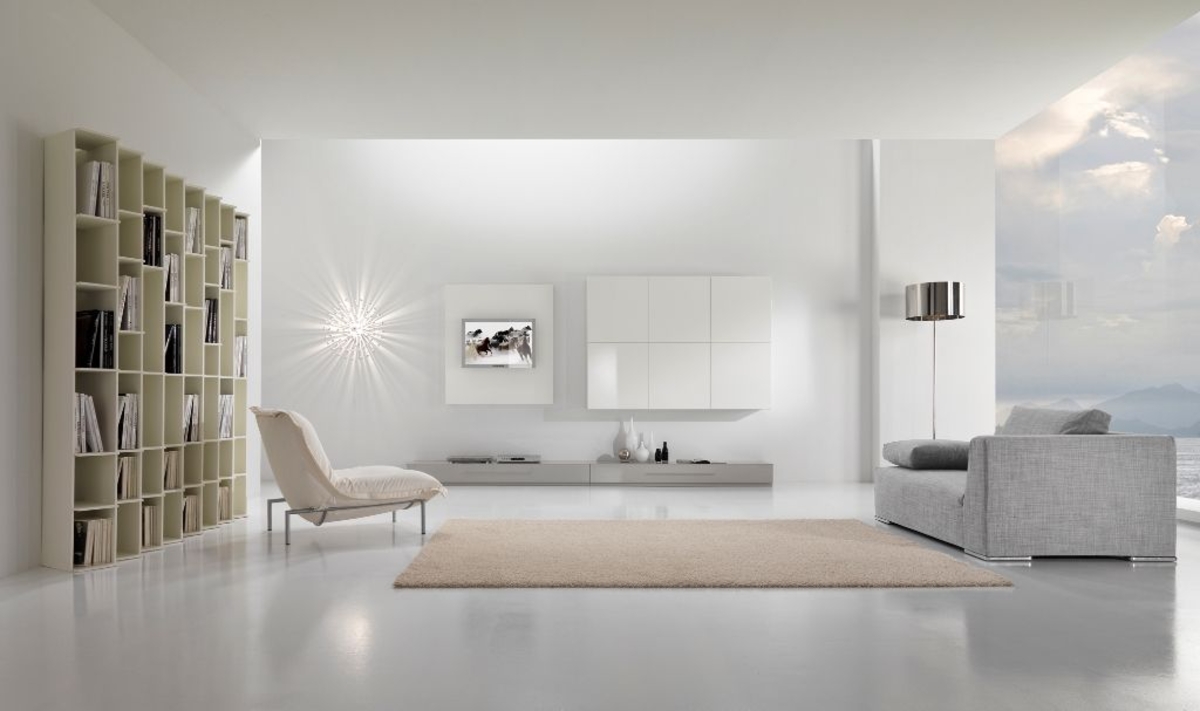
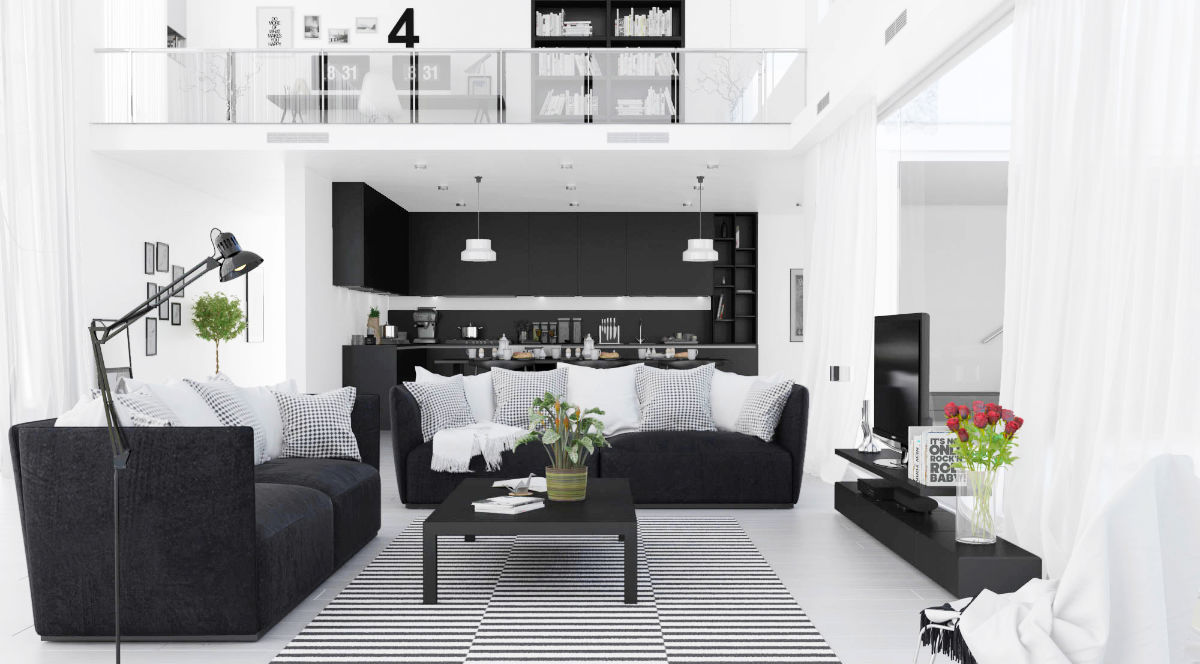
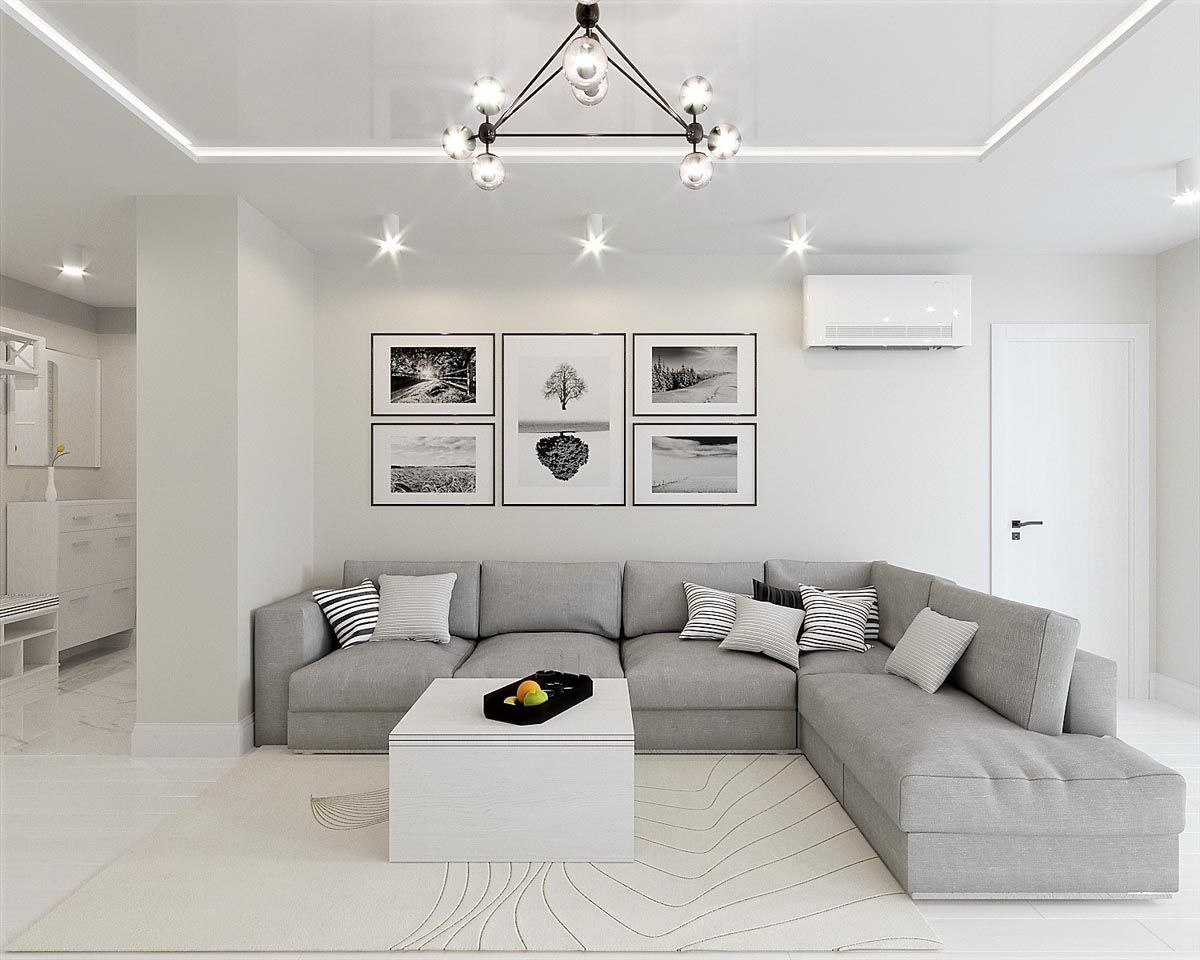
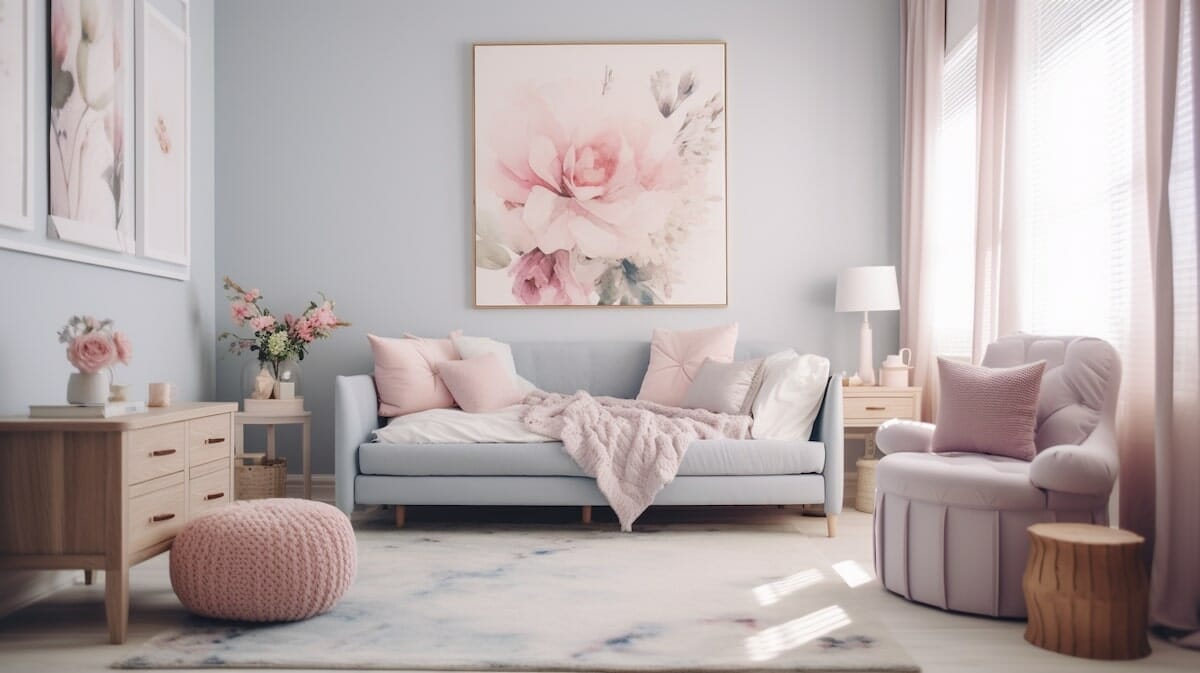
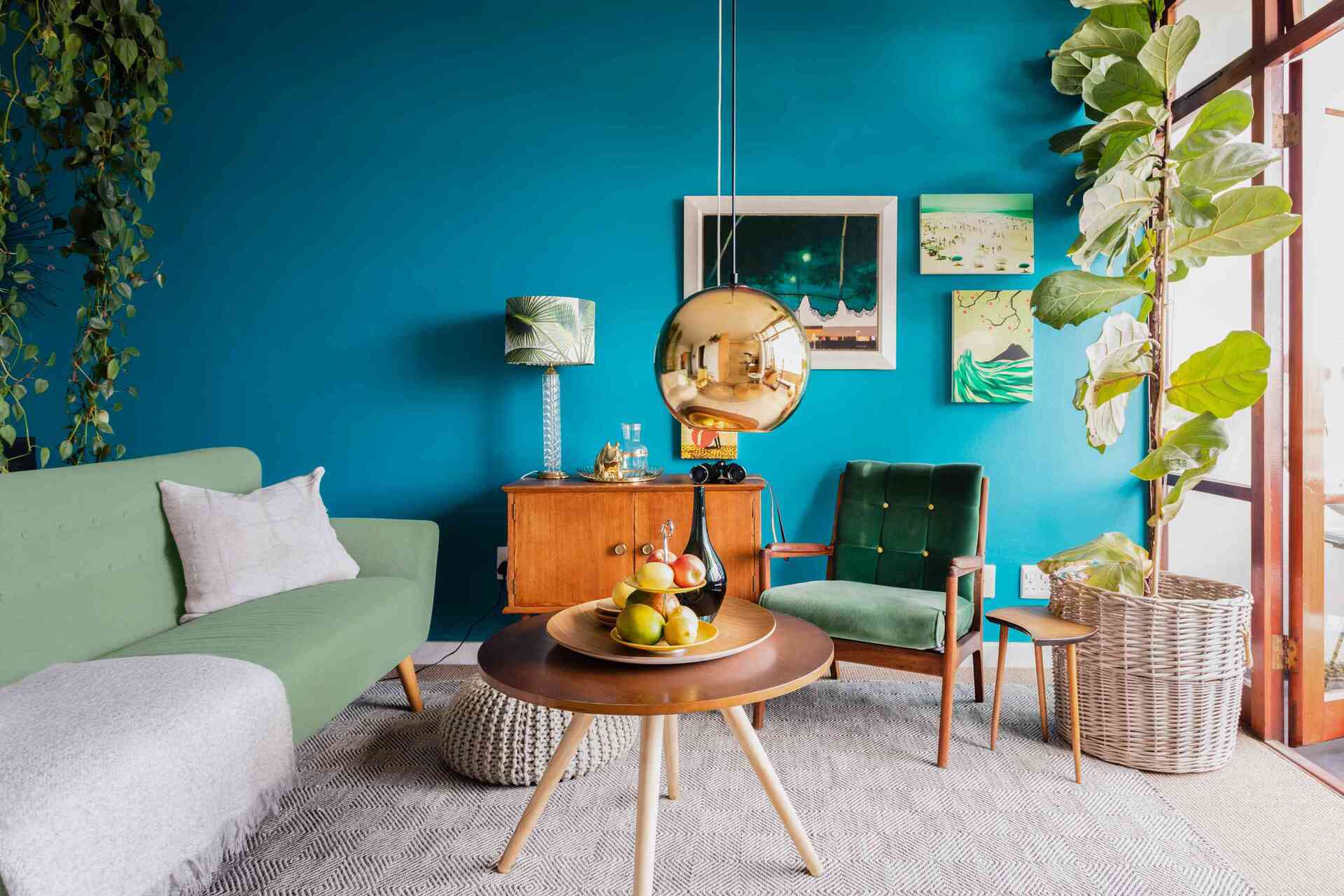
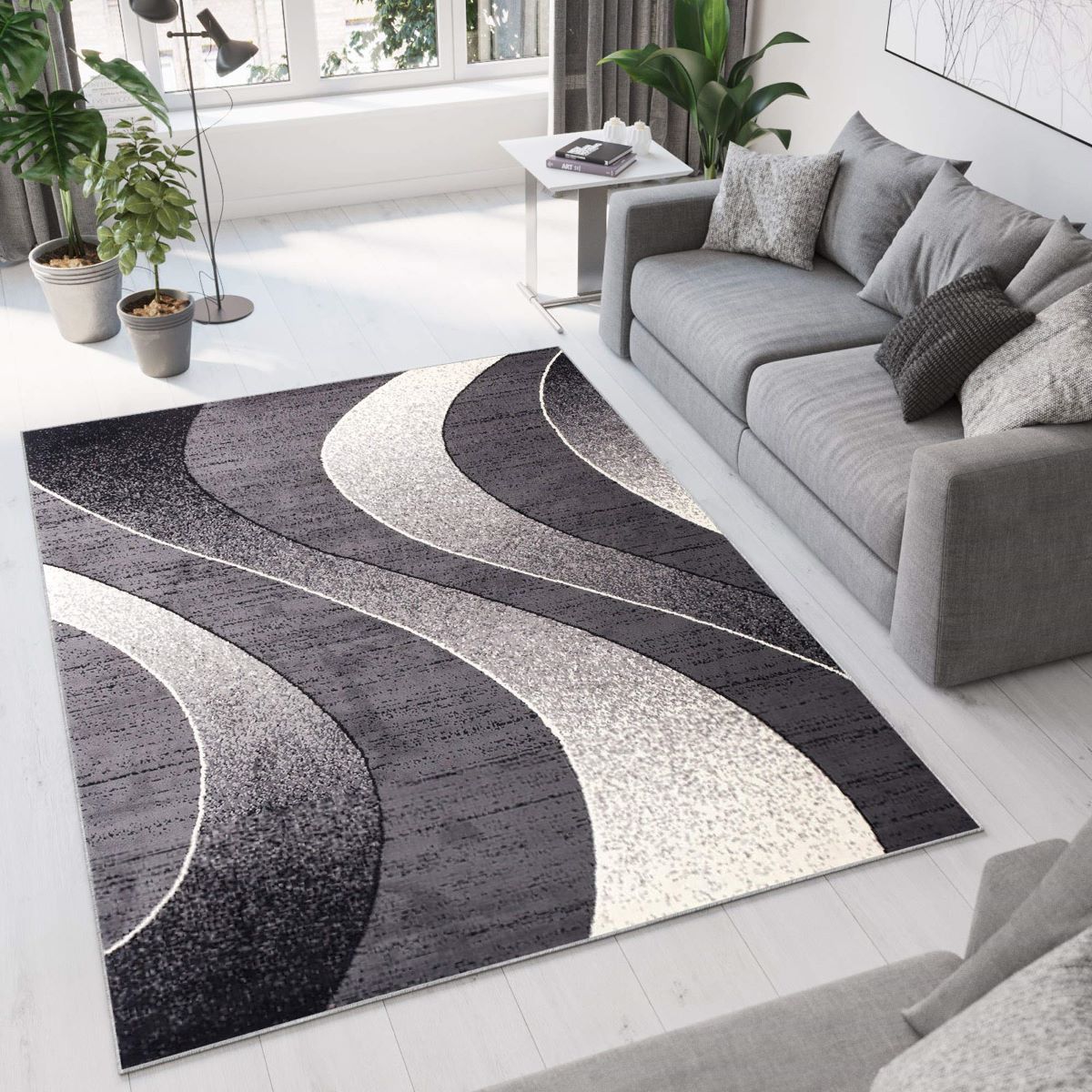
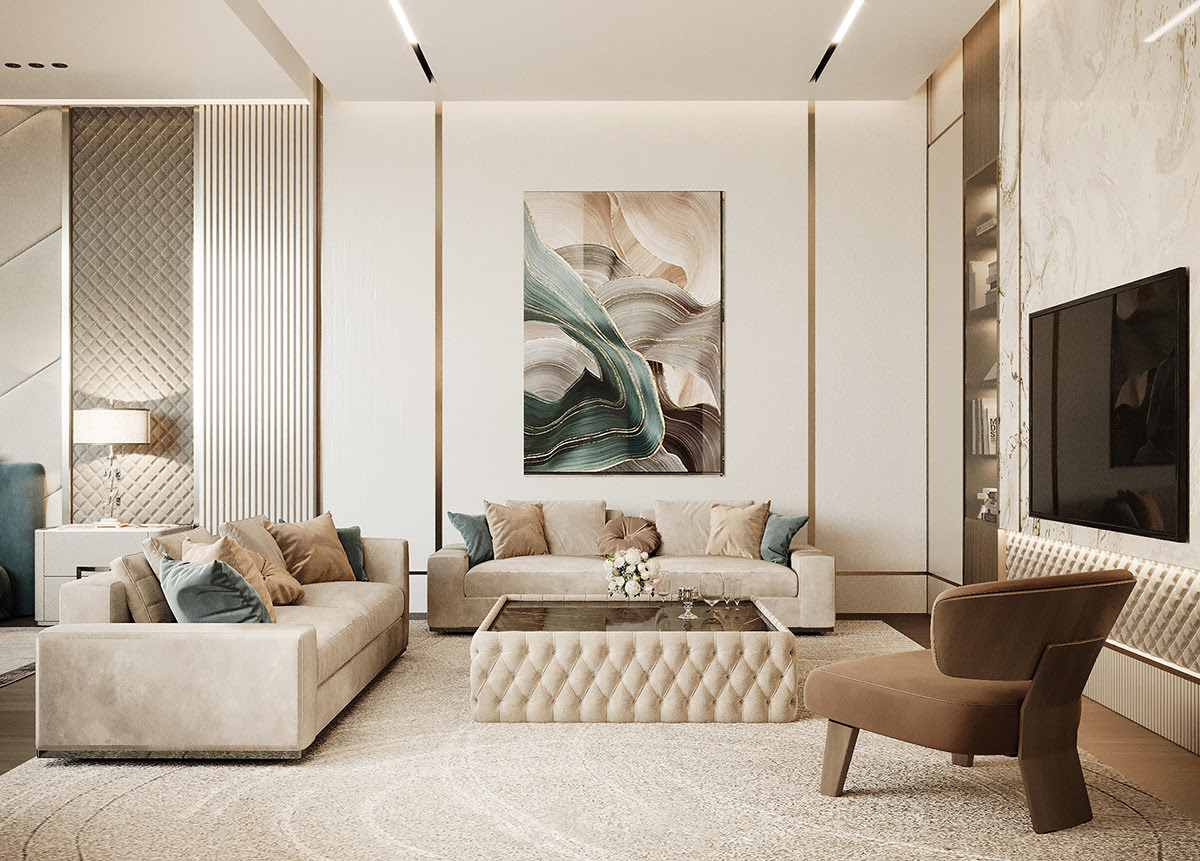
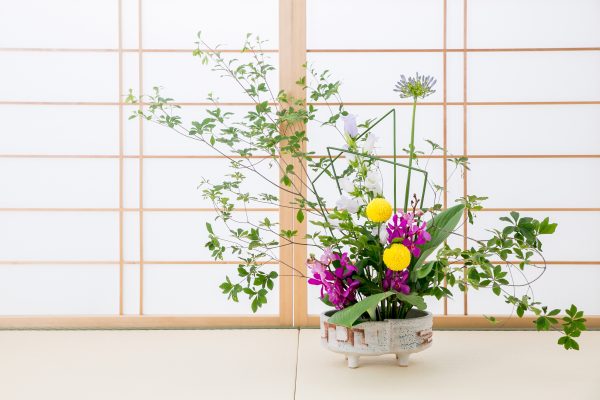
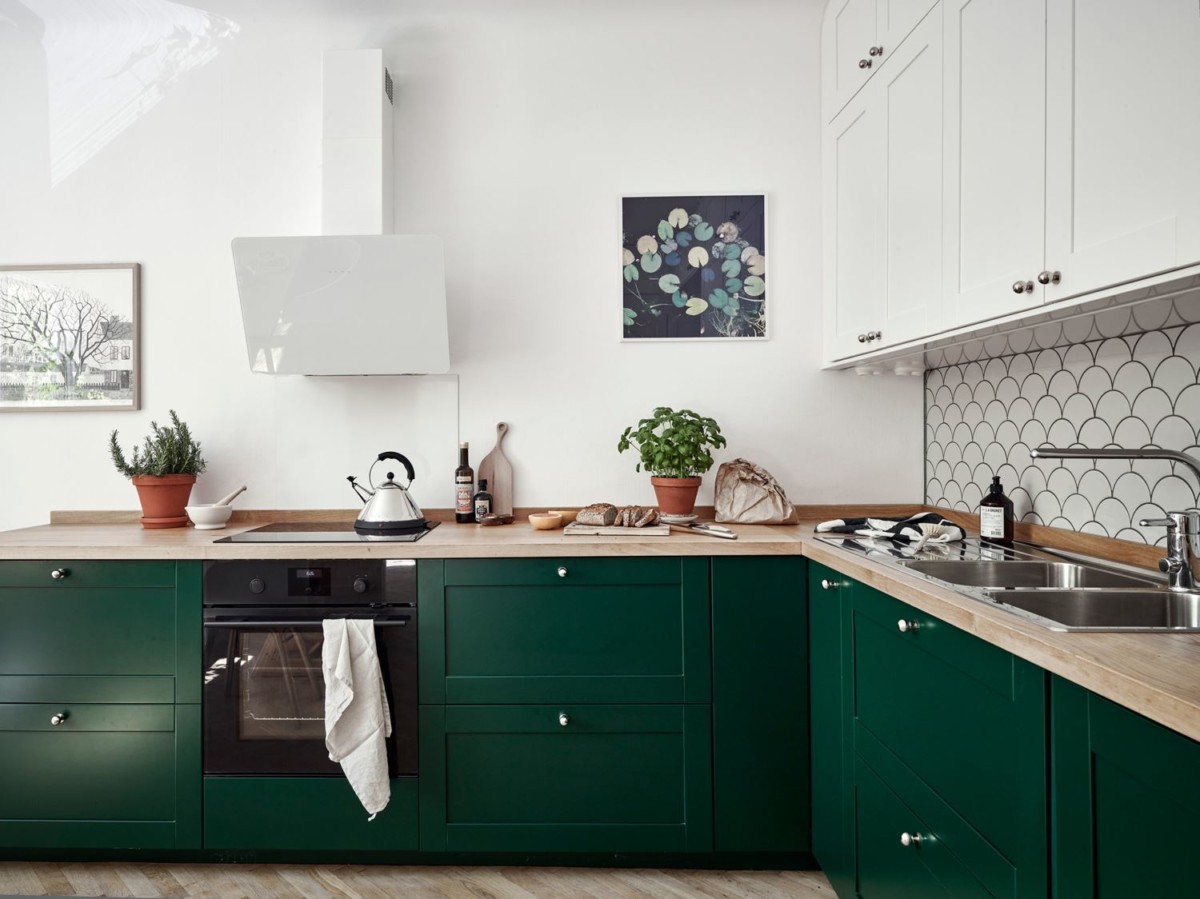
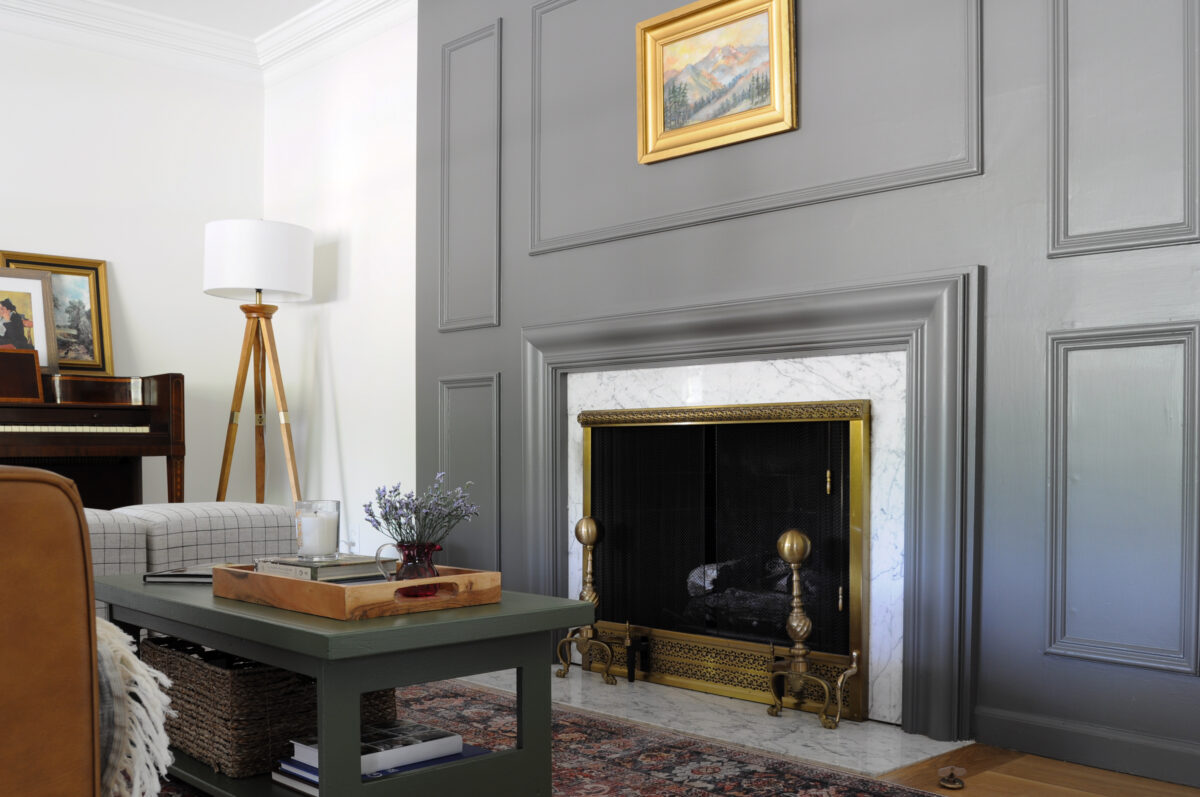
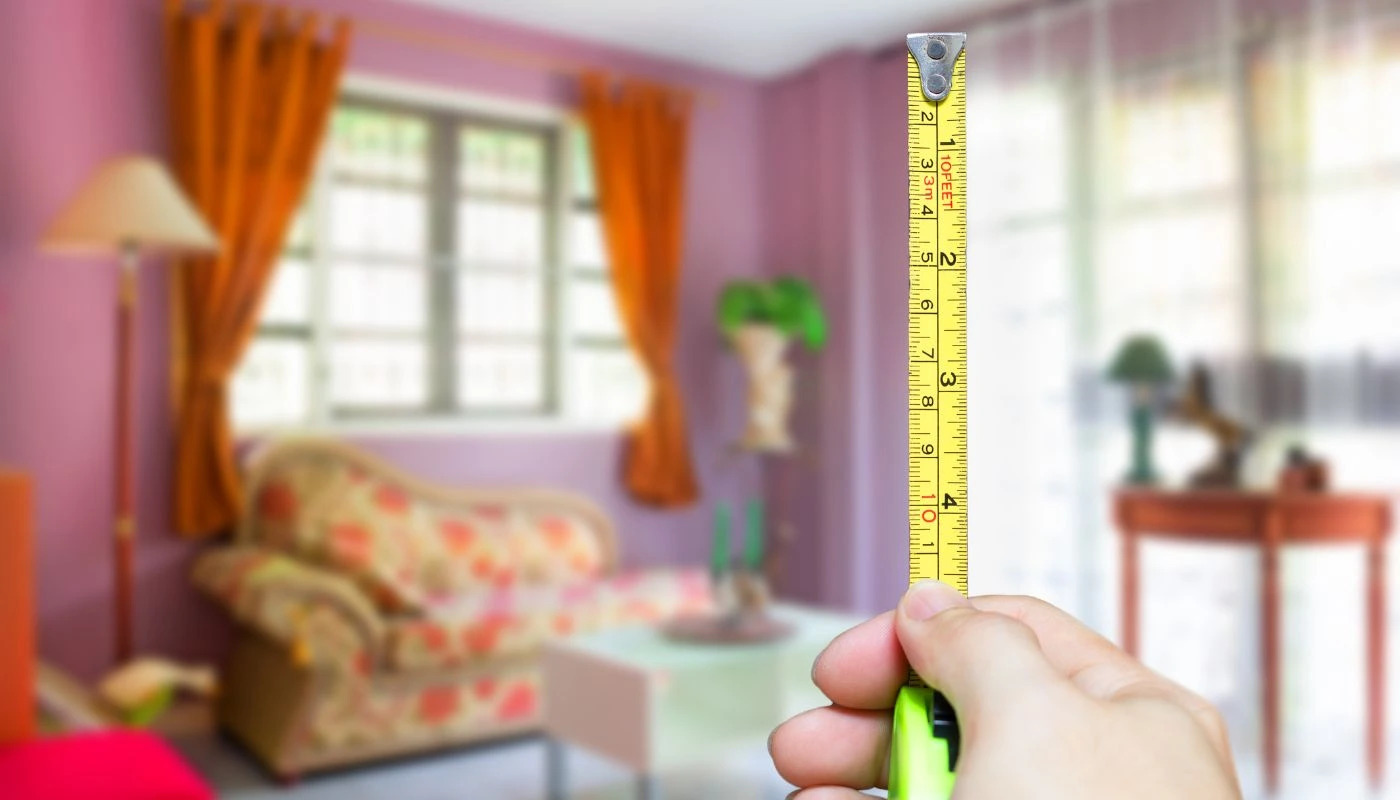
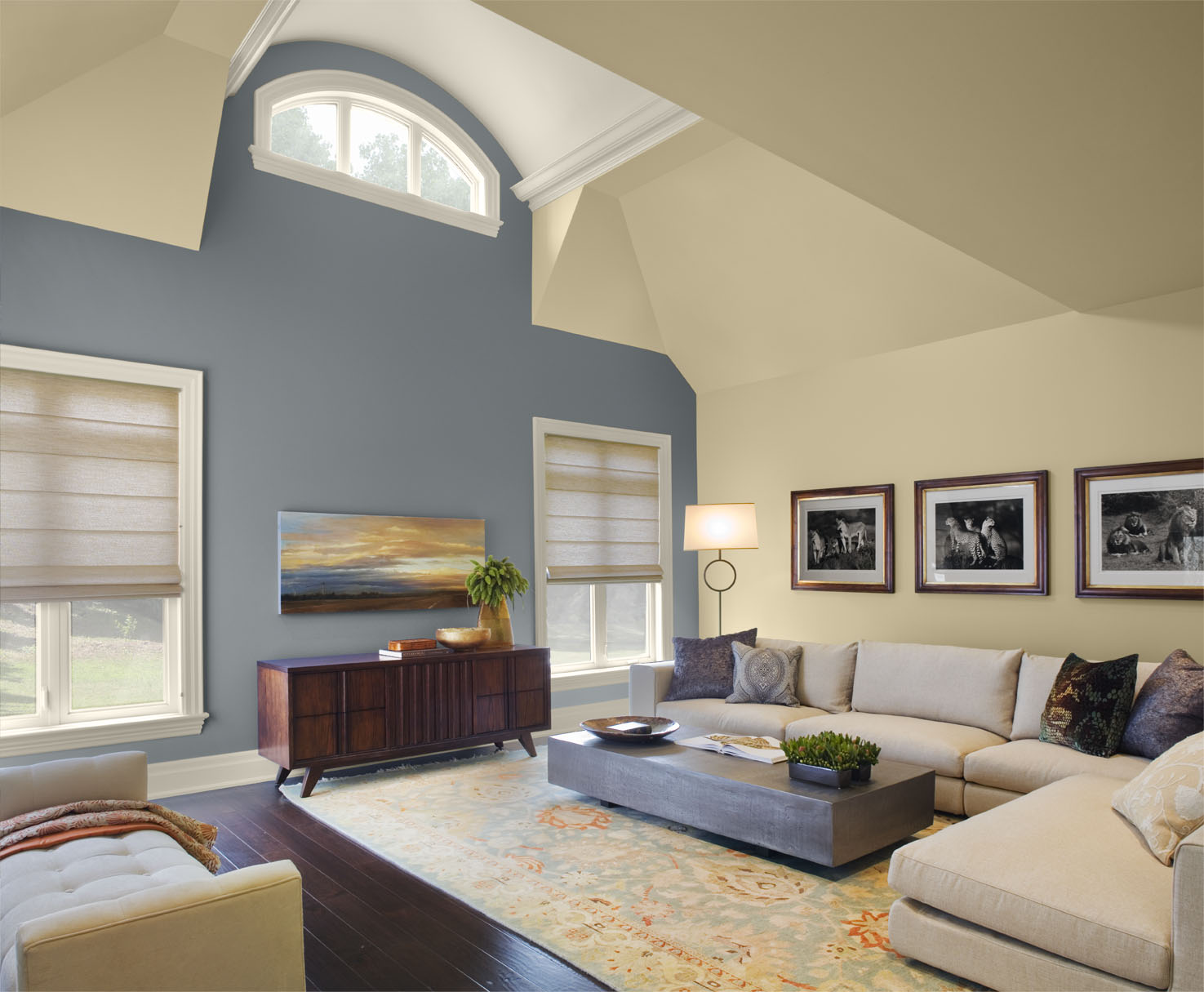

0 thoughts on “Green Living Room Ideas: 15 Gorgeous Verdant Schemes”